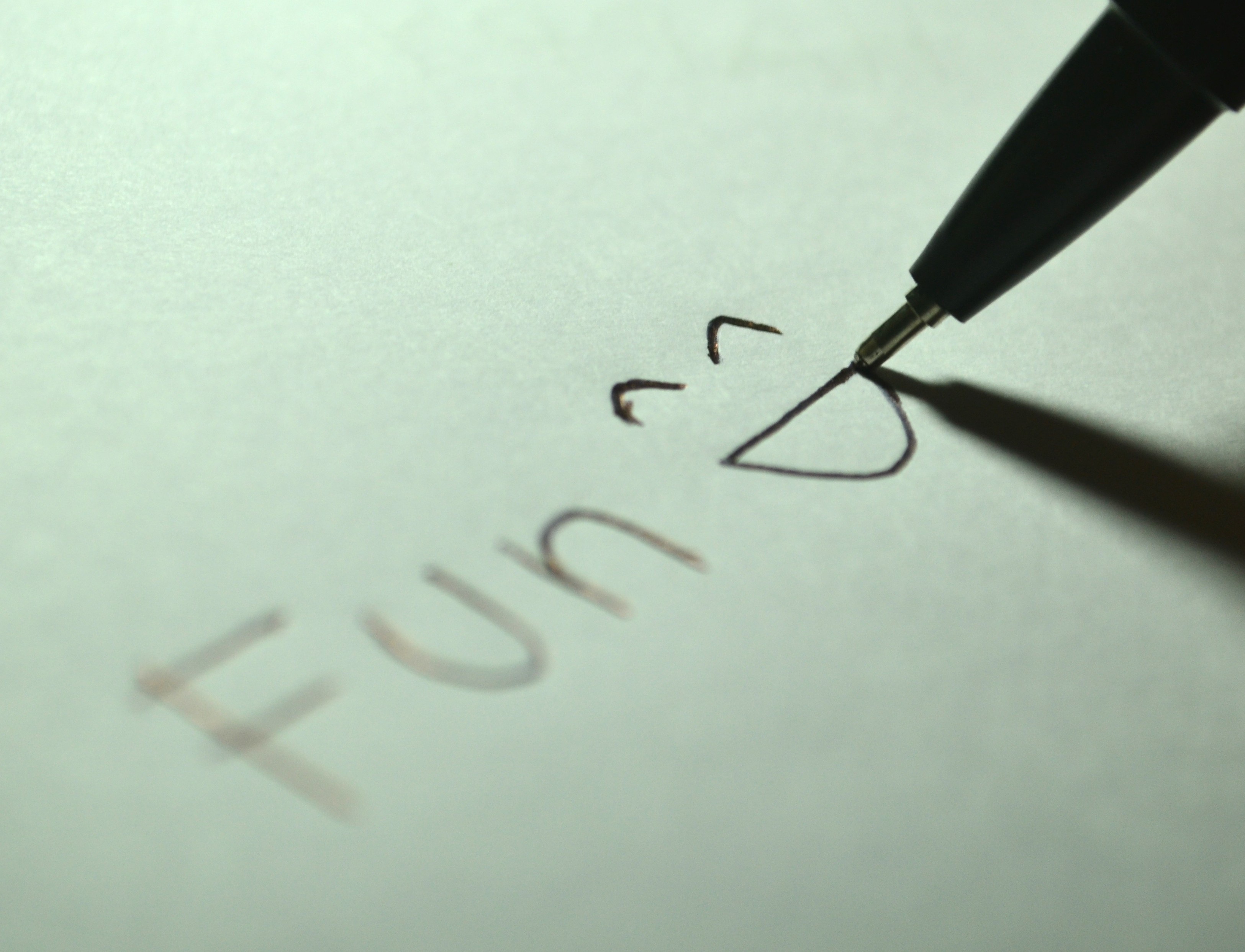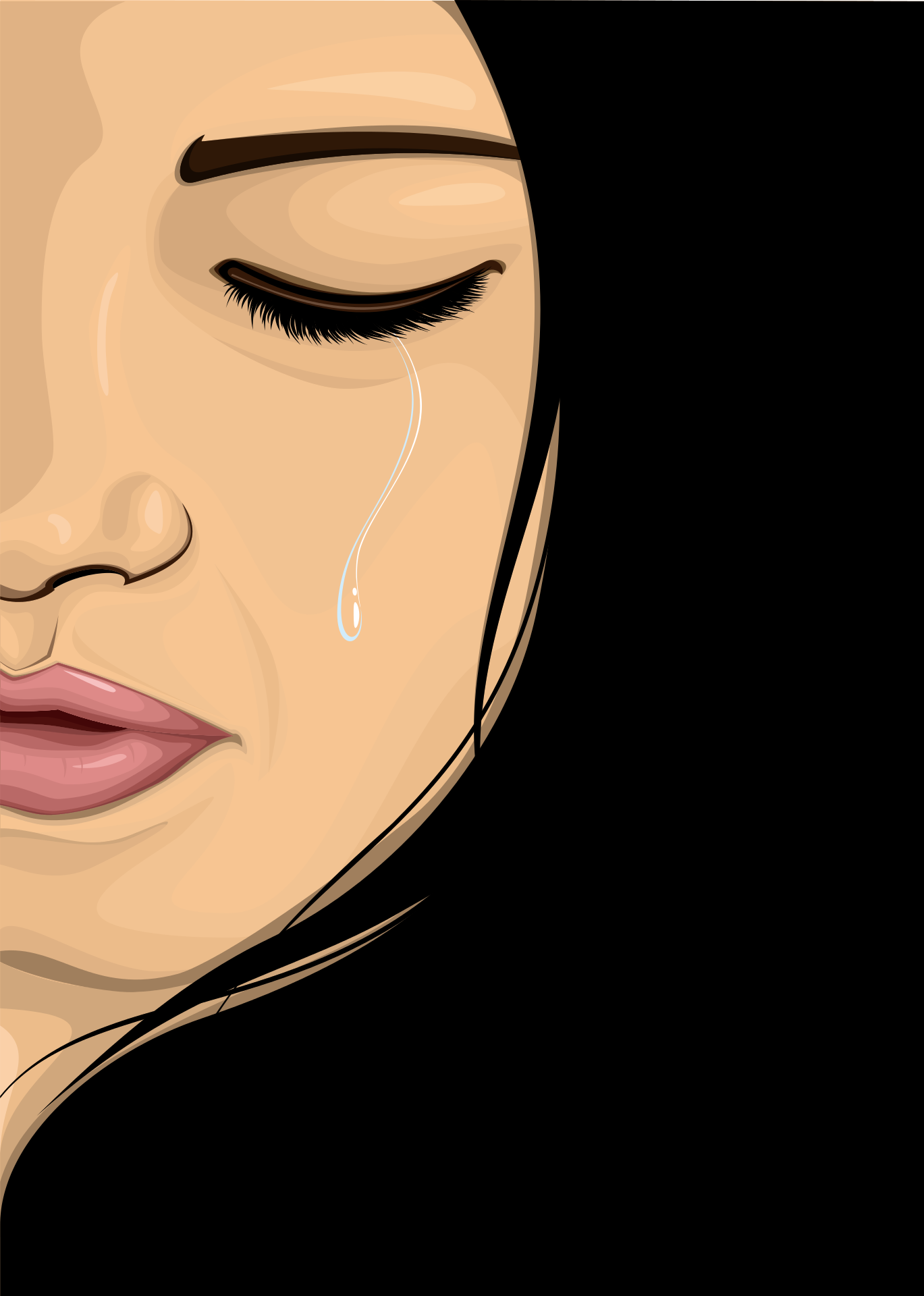
Writing can be very hard work, especially when it is academic writing or writing for work. Students, journalists, copywriters, and authors find writing an arduous task most of the time. However, writing can also be used as a form of therapy when done under the right conditions. If you feel stressed out or anxious, you can use writing to help you relax, calm your mind, and relieve stress.
Writing for relaxation comes with other benefits too. As you keep writing, you do not only free worry from your mind but also nourish your creative side. When you write for relaxation, you are writing for yourself. There are no expectations as it is with other forms of writing. There is no message to pass across, a set of writing rules to follow, or an audience to impress. You just write what you are feeling without any judgment.
Before you start to write, it is important to have some basics down. First, choose your preferred writing medium. Are you comfortable writing in a journal, notebook, typing on a typewriter, or your computer? If you choose to write in a notebook or journal, invest in a good pen and notebook. Also, choose a place where you will be doing your writing. Ideally, a place where you will feel comfortable writing.
How to Write for Relaxation
There are no guidelines.
Most writing is bound by certain rules of guidelines that you need to abide by for your piece to be “perfect.” When you write for relaxation, you are not bound by any rules or guidelines. Feel free to just write how you feel. Spelling, grammar, punctuation, and sentence structure should not be your worry. You are writing for yourself, so feel free to just write how you wish.
Make it Fun

You know what makes you happy, and you can incorporate that into your writing. Do not take writing for relaxation too seriously, lest it becomes a job too. Have some fun with your writing, and marvel at the splendor of your own genius.
Write From Your Heart
When writing for relaxation, you want to open yourself up to what you feel so you can free up your mind and thoughts. Write even when you feel like you do not have any ideas or thoughts to jot down. When you pick up your pen to write or sit in front of a blank page, your thoughts will find you. As you write, do not cross out anything on the page. Keep all your ideas and thoughts on the page. Write without holding back any thoughts, and do not censor yourself. Write everything, including what you think is inappropriate.
Allow Yourself to Get Emotional

You might get emotional when writing for relaxation. This is because as you write and allow your thoughts to wander far and wide, you are decoding the aspects causing you anxiety and stress. Emotions are, therefore, only natural. Do not fight the emotions. Allow yourself to get emotional but without any judgments.
Techniques for Relaxation Writing
There are several techniques used to write for relaxation. Here are some that you can adopt;
Freewriting Technique
Freewriting is the most common technique used in relaxation writing. In freewriting, you let your mind wander and put your thoughts on paper. Wherever your mind takes, you go there. Close your eyes and visualize whatever your mind takes you to. Then open your eyes and write down what you feel, what you smell, or taste. In freewriting, you just write whatever comes to your mind. It doesn’t have to make any sense. It is also not necessary to write in any prose or have any structure.
Thought listing
Thought listing is a simple method for relaxation writing. As the name suggests, you just list out the thoughts that come to your head without any judgment. In this technique, you start by writing the most prevalent thought in your mind. Continue to list all the thoughts coming to you. If you do not feel any thoughts but have emotions, list whatever you are feeling.
Are you angry, sad, joyous, disgusted, anticipating something, or trustful? When you list what you are feeling, you can ask yourself why you are feeling that way. If your thoughts and emotions are not coherent, you can start by listing everything you see around you until your thoughts are clear.
The advanced method of the thought listing technique includes writing out the thoughts that give you stress or anxiety and then writing down positive responses to those thoughts. Try as much to write a positive response to your fears. It is the first step towards getting a response to what is bothering you and a self-made solution.
Structured writing
If freewriting or listing your thoughts seems too amorphous for you, you can try having some structure to guide your writing. You can write about your fears, concerns, or even sources of stress. As you write, come to terms with the feelings and thoughts you have. This will help you get down to the root of the problem and find a solution or a process to alleviate the stress.
After you start writing to relax, you need to trust the process and see it through. Write even when you do not feel like it. Those might become the days when you will get the best outcome from the practice. Also, make writing for relaxation an everyday habit and enjoy the benefits for a longer period.
Now, over to you. Which writing technique would you consider using for therapy?


